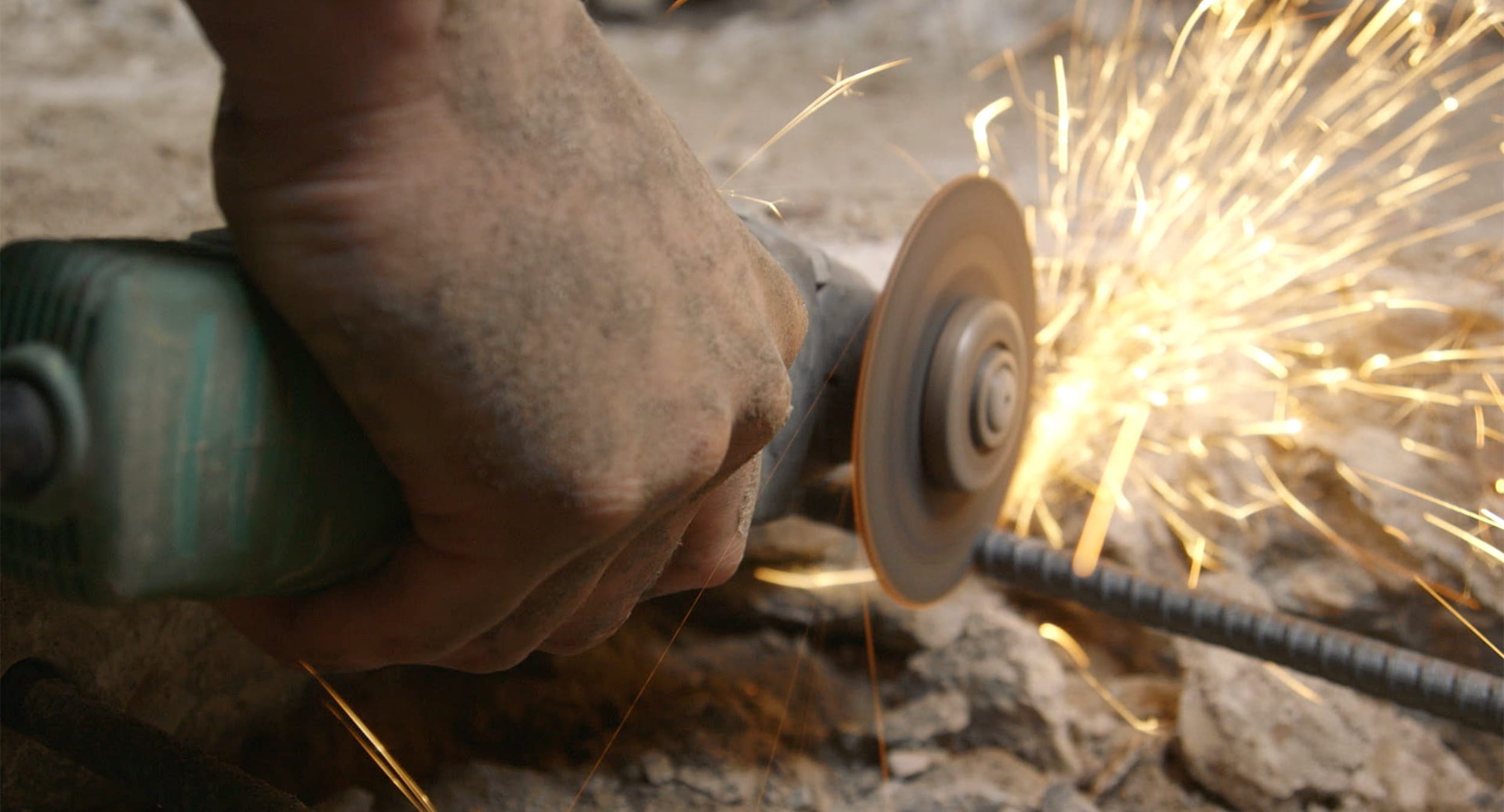RELATED ARTICLE
Hands of Bresson
By Kogonada
The Criterion Collection

I’ve often found that the most successful short films and short stories apply what Ernest Hemingway called the “iceberg theory,” distilling a larger narrative into a very specific moment that allows audiences to infer the bigger picture in their own minds. Kazik Radwanski’s Cutaway puts this strategy to work but with a slight twist. It tells a story that takes a number of dramatic turns in a minimalistic way, withholding everything but the protagonist’s hands and the objects he uses from the frame. We learn about this man by watching him work, text, attend appointments, drink—but we never see his face or learn his name. This might sound like it would serve to distance us from the action, but the effect is quite the opposite. Cutaway is one of the most emotionally affecting shorts I’ve ever seen.
Cutaway is paired this week on the Criterion Channel with Robert Bresson’s L’argent, another film that conveys information in part through numerous close-ups of hands. I talked with Radwanski, who has also made several acclaimed features (Tower, How Heavy This Hammer, Anne at 13,000 Feet), about why this short is so important to him.Cutaway is so fascinating to me because it’s both a rigorous formal exercise and a deeply emotional film that made me cry the first time I saw it. Did story and emotion lead to form or vice versa?
It started from a very emotional place. As I was preparing to shoot my second feature, How Heavy This Hammer, my father passed away quite suddenly. A rare, highly malignant form of cancer acted swiftly and took his life before my family and I could process what was happening. I felt unable to continue with production and decided to postpone the shoot. I wasn’t sure if I could still make that film. I wasn’t sure if I even wanted to make films anymore. I decided to make this short as a way back into filmmaking.
What was the writing process like? I’m also curious about the conversations you had with your DP, planning each one of these highly specific close-ups. I imagine it took a lot of preparation.
It was improvised but in a very slow and methodical way. I started by filming a few key images: the jackhammer, the hand being cut, and the injured hand using a cellphone. I was initially motivated to just capture those images. There was something cathartic in their texture. They established a tone, and I would begin to shoot images to complement them. It was a very gradual process, with lots of time in between to think and reflect on the footage.
I’m also curious about what it’s like to cast an actor when you know we will be seeing only his hands. Were you looking for something specific in those hands? Or did you already have someone in mind who had the right hands?
They are my hands. I wanted to keep the crew as small as possible. Most of the shooting was just me and the DP Nikloay Michaylov. I grew up working on a construction site, so I’m very familiar with using a hammer and grouting tiles. Also, on another personal level, all of the tools in the film were my father’s, and he taught me how to work with them. So, again, there was something cathartic about that process for me.
I love little details like the chipped nail polish of the protagonist’s girlfriend.
That was impromptu. They are the hands of my partner at the time, Cait Macintosh. The Chihuahua we see briefly, Charley, was also hers. Those flickers of spontaneous life details became a real blessing.
We realize this protagonist is a stoic person who has difficulty expressing his emotions, and that’s reinforced by the way you withhold information in the film. You do something similar in another short of yours, Scaffold. What is it about this kind of storytelling that appeals to you?
I’m drawn to the repetition of labor and the headspace it creates, as well as the relationship between work and our daily existence. Perhaps we’re in the point of view of the character, but we’re also experiencing the job and the task at hand. Cutaway very directly explores this tension, as we see the protagonist working while dealing with a personal crisis. In Scaffold, it’s broader and more ambient. I was interested in exploring social boundaries between work and personal space.
